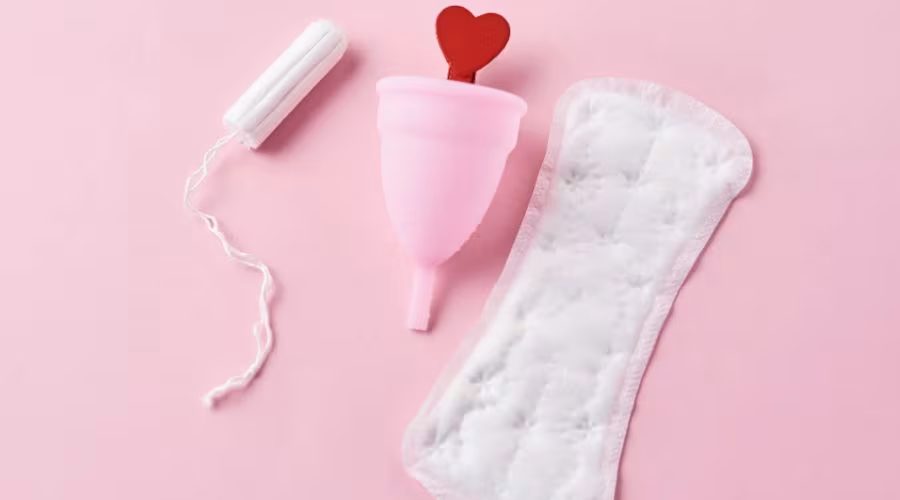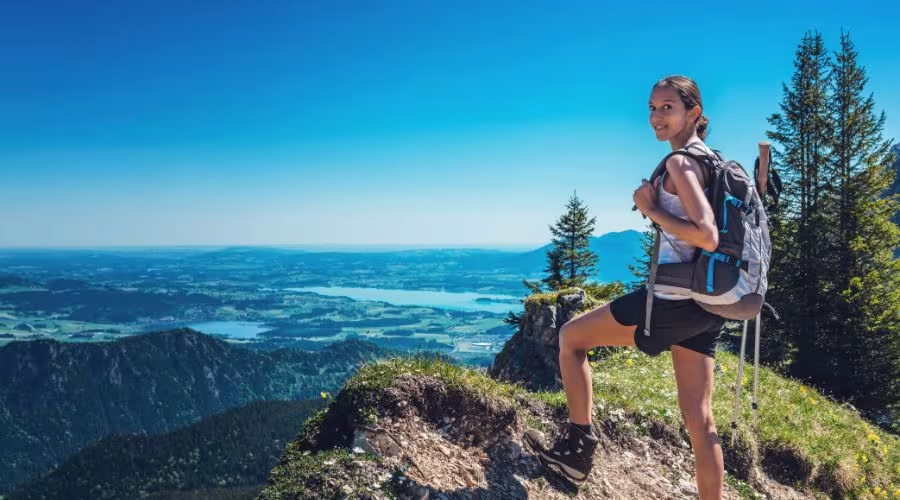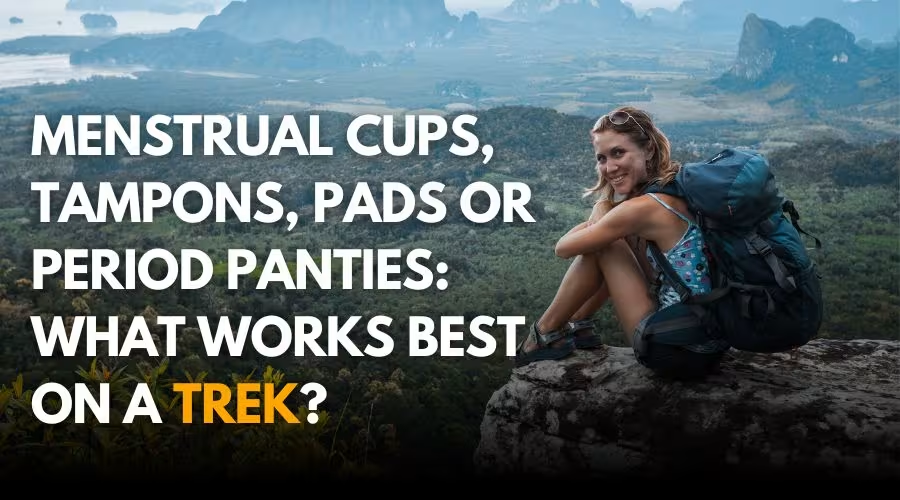Periods are tough. Treks are tougher. Combine the two, and you’re dealing with a whole new level of planning, discomfort, and decision-making. One of the most important questions women face while planning a trek during their cycle is: What’s the best menstrual product to use outdoors?
From squatting behind a bush to managing hygiene with limited access to water, trekking on your period can feel daunting. But with the right product, preparation, and mindset—you can bleed, hike, and conquer like a boss.
Let’s break it down: the menstrual product options, their pros and cons in outdoor settings, and which one might suit you best while trekking or hiking.
Table of Contents
The Menstrual Product Options
1. Sanitary Pads
These are the most widely used and accessible menstrual products especially in India and many parts of the world. They stick onto your underwear and absorb menstrual flow externally.
2. Tampons
Tampons are small, cylindrical cotton products that are inserted into the vagina to absorb blood before it exits the body. Some come with applicators, others are inserted using fingers.
3. Menstrual Cups
A menstrual cup is a medical-grade silicone or rubber cup inserted into the vagina to collect menstrual fluid. It can hold more than a tampon or pad and is reusable for years.
4. Period Underwear
These are underwear with built-in absorbent layers that function like a pad. They’re reusable, washable, and discreet.

Pros and Cons of Each Product on Treks
Let’s get into what matters most when you’re in the middle of nowhere: convenience, hygiene, eco-friendliness, and comfort.
1. Sanitary Pads
Pros:
- Easy to use, especially for beginners.
- No internal insertion, so great for those uncomfortable with that.
- Widely available almost everywhere.
Cons:
- Bulky to carry if you’re on a multi-day trek.
- Need to be changed frequently.
- Not eco-friendly – disposing of used pads is difficult in nature.
- Feels uncomfortable with sweat, chafing, or during physical activity.
- Heavy when soiled, and you must pack them out (never bury or burn).
- Best for: Short day hikes or those who are not comfortable using internal products.
2. Tampons
Pros:
- Small and easy to pack.
- Less noticeable during physical activity—no chafing.
- Quick to use once you get the hang of it.
Cons:
- Need clean hands to insert/remove—tricky on trails.
- Need to be changed every 4–8 hours.
- Disposal is a challenge – never flush or bury.
- Non-reusable, which adds to waste.
- Risk of Toxic Shock Syndrome (rare but serious) if left in too long.
Best for: Short treks with decent access to toilets and for those comfortable with insertion.
3. Menstrual Cup
Pros:
- Holds more blood than tampons or pads (can last up to 12 hours).
- Reusable and eco-friendly – zero waste.
- Once in, you can forget about it for half the day.
- Great for long treks or expeditions.
- No need to carry tons of supplies.
Cons:
- Requires practice before you get it right.
- Insertion/removal needs privacy and clean hands.
- You need to rinse it – tricky in areas with little water.
- Sterilization is necessary between cycles (boiling).
Best for: Experienced trekkers who’ve practiced using it before and can manage water for cleaning. Ideal for multi-day, remote treks.
4. Period Underwear
Pros:
- No insertion, no hassle.
- Comfortable and feels just like regular underwear.
- Great for light flow or as a backup with a cup or tampon.
- Reusable and eco-friendly.
- No leakages, no smell like sanitary pads
Cons:
- Needs to be washed thoroughly after each use, which is difficult on treks.
- Takes time to dry.
- You’ll need to carry used ones until you reach a place to clean them.
- Not practical for heavy flow days without backups.
Best for: Light flow days, short treks, or as backup. More suitable when staying in accommodations with access to washing facilities.
What’s the Best Option for Trekking?
There’s no one-size-fits-all answer, but here’s a breakdown that might help you pick what is right for you

For Long, Multi-Day Treks in Remote Areas:
Best: Menstrual cup
Why: It’s reusable, low-maintenance – once you’re used to it, and doesn’t create waste. You only need one item for the whole trek, saving space and weight.
Backup: Period underwear or reusable cloth panty liners for peace of mind.
Pro tip: Carry a small bottle of clean water to rinse the cup if you’re not near a water source, and a sanitizing wipe for your hands.
For Short Day Treks or Treks with Camp Toilets:
Best: Tampons
Why: Discreet and easy to change. Less mess and sweat compared to pads. Great if you’re used to them.
Backup: Pad or panty liner in case you can’t change it in time.
Pro tip: Carry a small ziplock bag for used tampons and tissues to dispose of responsibly later.
If You’re New to Trekking or Period Management Outdoors:
Best: A combination of pads and period underwear
Why: Familiarity and comfort. You can slowly work your way toward trying tampons or cups later.
Pro tip: Bring extra ziplocks or biodegradable disposal bags, and change pads regularly to avoid infection or rash.
Regardless of what you use, here’s your essential period pack for the trail:
- Your menstrual product of choice
- Hand sanitizer
- Wet wipes (unscented)
- Toilet paper or tissues
- Ziplock bags or reusable wet bags for disposal
- A small bottle of clean water (for cups or general cleaning)
- Spare underwear
- Mild soap (biodegradable is great)
Worried about how to manage periods on your trek. Read this guide for complete information and practical tips that will help you.
Trekking on your period isn’t always fun, but it doesn’t have to be a dealbreaker. With the right menstrual product, some physical and mental preparation, it is definitely manageable. Because periods shouldn’t stop you from your adventures (ofcourse, only if you choose to do them).


Leave a Comment